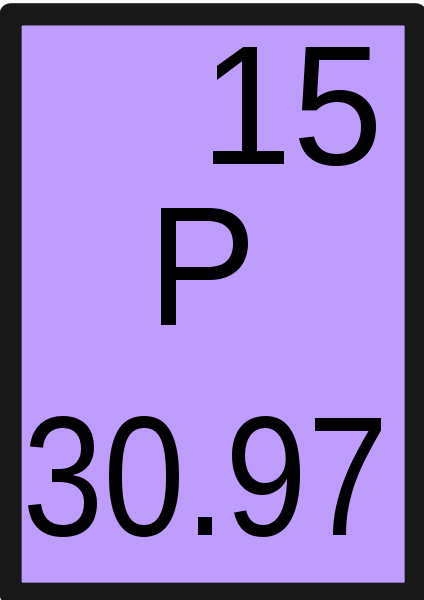The Role of Phosphorus in Crop Growth
The correct amount of phosphorous is critical to crop growth. Phosphorous acts as an instigator of sorts that helps your crop change non-usable nutrients into nutrients helpful to your crop. Phosphorus acts as one of the three pillars in the NPK foundation of fertilization with nitrogen and potassium acting as the other two. We at Pro-Soil Ag Solutions have a number of products available to help farmers better their bottom-lines with nutrient optimization. In this article, we’ll discuss what the correct amount of phosphorus looks like and what to expect when the amount is not ideal.

What Happens When Your Crops Have Too Little Phosphorus?
Your crops will be small with few flowers and fruit when phosphorus-deficient. You can also tell by examining their root systems which will appear weak. The final indicator is leaves that lack the deep green associated with healthy plants. Crop leaves that are phosphorus-deficient will have a purple or bright green hue.
Pro-Soil has an excellent product for balancing your phosphorus fertilizer routine.
Our PS-STARTER PRO is specially made for compatibility and use with high phosphorous (starter) fertilizers or as a starter by itself. This plant and soil nutrient concentrate is made of kelp, chelated trace minerals, vitamins, humates, organic acids, enzymes, and quality fertilizers.
PS-STARTER PRO Broadcast Suggestions Per Crop
Alfalfa: 12.8 – 16 ounces 30-45 days prior to 1st cutting.
Wheat: 12.8- 16 ounces broadcast just before planting, 12.8-16 ounces directly in-row, 8 ounces per 100 lbs. of seed as seed treatment. 8.5 -12.8 ounces as top-dress in conjunction with fertility.
Cotton: Can be applied pre-plant with Treflan at 12.8- 1 6 ounces, in -row at 12.8 – 1 6 ounces or broadcast in conjunction with 1st application of round -up at 12.8 -16 ounces. Optional 12.8 – 16 ounces broadcast in late fall.
Corn & Soybeans: 12.8 – 16 oz. broadcast (pre-plant) or 12.8 – 16 oz. directly in row with optional 12.8 – 16 oz. broadcast in the fall.
What Happens When Your Crops Have Too Much Phosphorus?
Your crops themselves will likely never absorb too much phosphorous due to the typically weak absorption rate by crops, but there are other consequences to having too much phosphorous in your chosen fertilizer.
One possible consequence for increasing your soil’s phosphorus levels too much is that the crops won’t absorb the extra amount of the nutrient and then the nutrient will pollute your neighboring water supplies.
When your excess phosphorus enters a nearby river or lake, it can exacerbate eutrophication (reduction of dissolved oxygen). The result can be excessive algae in the polluted water source.
Pro-Soil products are designed to optimize your phosphorus fertilizer requirements. Contact us today, and we’ll work on returning your soil to maximum health.
